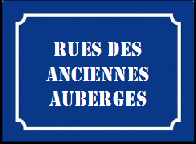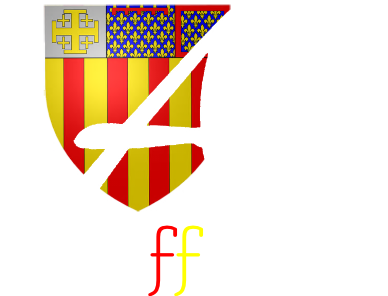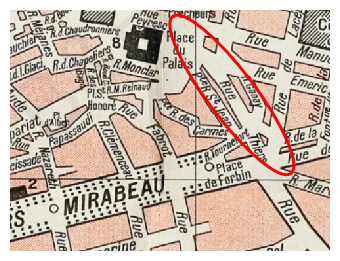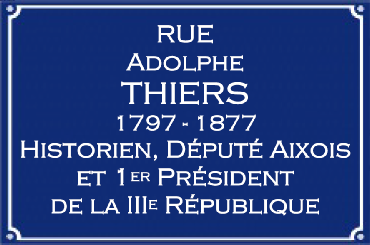

























Adolphe THIERS est né à Marseille le 15 avril 1797.
Il devient avocat après avoir réussi des études de droit à l’Université d’Aix. À 24 ans, il se rend à Paris avec son fidèle ami Auguste MIGNET, il fonde le journal Le National qui s’oppose à la monarchie française, tout en défendant pourtant une monarchie parlementaire à l’anglaise. C’est ainsi qu’il contribue à l’établissement de la Monarchie de Juillet (1830) avant d’être élu député d’Aix et de participer au gouvernement du roi Louis-
En 1848, il soutient LOUIS-
Lors de la défaite des armées françaises à Sedan, en 1870, contre les troupes prussiennes de GUILLAUME Ier, Adolphe THIERS négocie un traité de paix avec le Chancelier BISMARCK. Lors de l’institution de la IIIe République, le 4 septembre 1870, il devient chef du pouvoir exécutif pendant la Commune puis est élu président de la République en 1871 avant d’être renversé deux ans plus tard.
Adolphe THIERS meurt à Saint-
À voir :
La Statue d’Adolphe THIERS qui se trouve dans la cour de l’École Nationale des Arts et Métiers. Cette statue se trouvait auparavant dans le parc du Château de Versailles et fut restituée à la ville d’Aix après sa mort.
Au n°1 : Sur l'une des façades de l'Hôtel d'AGUT, on remarque une curieuse pièce en bois. Il s'agit d'une caisse d'horloge géante ayant servi d'enseigne à la boutique d'horlogerie de Roussel AINÉ ouverte en 1880.
Adolphe THIERS was born in Marseille on April 15, 1797.
He became a lawyer after having successfully studied law at the University of Aix. At the age of 24, he went to Paris with his loyal friend Auguste MIGNET, he founded the newspaper Le National, which opposed the French monarchy, while nevertheless defending an English parliamentary monarchy. This is how he contributed to the establishment of the July Monarchy (1830) before being elected deputy for Aix and participating in the government of King Louis-
In 1848, he supported LOUIS-
During the defeat of the French armies at Sedan, in 1870, against the Prussian troops of GUILLAUME Ier, Adolphe THIERS negotiated a peace treaty with Chancellor BISMARCK. When the Third Republic was established on September 4, 1870, he became head of the executive power during the Commune and was then elected President of the Republic in 1871 before being overthrown two years later.
Adolphe THIERS died in Saint-
To see :
The Statue of Adolphe THIERS which is in the courtyard of the National School of Arts and Crafts. This statue was previously located in the grounds of the Palace of Versailles and was returned to the city of Aix after his death.
At n ° 1: On one of the façades of the Hôtel d'AGUT, there is a curious wooden room. It is a giant clock case that served as a sign for Roussel AINÉ's watch shop opened in 1880.
